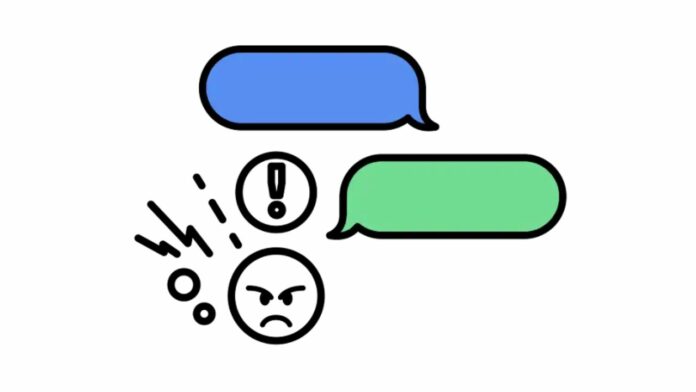Apple is ending a long-standing war with Android, its major competitor, when it announced that it will bring RCS support for iOS messages. The lack of RCS support on iPhones has been problematic for Android and iOS users. However, it is confirmed that this issue will soon cease to exist.
In a confirmation to 9to5Mac, an Apple spokesperson said, “Later next year, we will be adding support for RCS Universal Profile, the standard as currently published by the GSM Association. We believe RCS Universal Profile will offer a better interoperability experience when compared to SMS or MMS. This will work alongside iMessage, which will continue to be the best and most secure messaging experience for Apple users”.
What is RCS and why is it better than SMS or MMS?
Messages based on the open Rich Communication Services (RCS) standard features upgraded SMS text messaging to send and receive better quality photos and videos, chat over Wi-Fi or data, know when your message is read, share reactions, and enjoy more dynamic and engaging group chats.
Google enabled the same feature on its Google Messages App back in 2020, and users across the globe have been asking Apple to implement the same ever since. RCS is better than SMS or MMS because it enhances the texting experience with more interactive and multimedia capabilities. It also offers more security and privacy than SMS or MMS, which carriers can easily intercept or store. RCS is designed to replace SMS and MMS as the new standard for texting.
Does this mean the Green Bubble-Blue Bubble war ends?
No, the green bubble-blue bubble war doesn’t end here. That’s because RCS messages will still be shown in green, like SMS messages are now. The chat bubbles will remain blue for those texting via iOS on both ends. However, the whole experience when texting between an Android and an iOS device will get a major upgrade.
This also means that iMessage will remain a separate service for those using Apple’s devices. Apple says that RCS does not currently support encryption that is as strong as iMessage. Only SMS and MMS are being upgraded to RCS, potentially allowing read receipts, typing indicators, high-resolution images and videos, and more.
SMS and MMS will also remain available as a fallback when needed. In other words, when you aren’t connected to the internet via Wi-Fi or Mobile Data, the Messages app will automatically use SMS and MMS to send your text.
“Apple also told 9to5Mac that it will not use any Proprietary end-to-end encryption on top of RCS. Its focus is on improving the RCS standard itself”, the report from the publication read.
What made Apple change its mind?
Back last year, when Tim Cook, CEO of Apple, was asked about the awful situation with the lack of support for RCS on iPhone, he said Apple hadn’t heard from many users asking it to put a lot of energy into enabling RCS support on the iPhone. “Buy your mom an iPhone,” Cook said when asked about the below-average SMS experience.
Moreover, brands like Google and Samsung have resorted to social media campaigns and website campaigns that are directly pointed at Apple, asking the company to add RCS support. Also, earlier this month, Google sent a letter to the European Commission which argues that iMessage should be considered a core platform service under the DMA. “Everybody should have secure and modern messaging without worrying what kind of phone they’re texting to,” Google SVP of platforms and ecosystems, Hiroshi Lockheime, said on X (formerly Twitter).
The reason behind Apple’s U-turn on its decision could be the provision in the new Digital Markets Act (DMA), which states that other companies may force big messaging platforms to enable inter-operability with their services. While it may not have forced Apple to bring iMessage to Android, it could have made Apple open up the service to others so people can make forked Android versions of the app.
Such versions are still being made available by brands like Nothing, but those are much less secure than how RCS would work when it is baked into the Messages app from Apple itself. Before Apple could have been forced to do anything, the brand itself took a decision that addressed its concerns and people’s as well.


